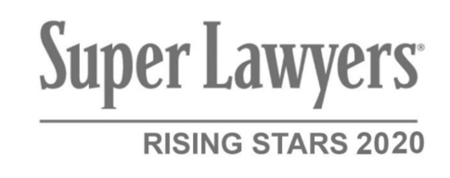The Basics of Class Action Lawsuits
Published in Class Action, Personal Injury on June 10, 2016
Reading Time: 3 minutes
When you receive a notice in the mail about a potential settlement for a defective product or hear a television announcement for people who were harmed by a medication, you are most likely hearing about some form of class action lawsuit. Class action lawsuits allow several people who suffered harm to join together in a class and hold a single defendant liable.
What Is a Class Action Suit?
A class action lawsuit enables individuals to file a claim and recover damages in a case they may not have had the ability to pursue on an individual basis. A court must certify a class for an attorney or group of attorneys to file a class action lawsuit. To obtain class certification within the state, the class must meet the following criteria:
- The class is too large to file another form of lawsuit.
- The class has a common interest in pursuing the facts and laws associated with the case.
- The class representatives’ claims accurately reflect other class members’ experiences.
- The representative is capable of fairly protecting and pursuing the entire class’s interests.
If certified, the plaintiff (the class representative) will move forward with the case on behalf of all class members. Examples of cases types the courts might approve for a class action lawsuit include:
- Cases where several employees experience the same employment law violation (wage and overtime, discrimination, and other cases affecting a large group of people)
- Cases involving a defective product (the Takata airbag or hoverboard lawsuits)
- Cases involving a large, single accident (an airplane, bus, or train crash)
- Cases involving a large group of people whose civil rights were violated
You may hear your attorney refer to a mass tort action or an MDL (multi-district legislation). These are both types of class action cases that follow slightly different procedural rules. One of these claims may make more sense if individuals suffered a wide range of injuries or if several jurisdictions play a role in the case.
Benefits of Joining in a Class Action Lawsuit
Attorneys may recommend filing or joining a class action lawsuit if:
- Many people suffered a similar type of harm.
- A class action is the only option for fair compensation based on the size of an individual claim and the cost of litigation versus the settlement return. Some claims are too small to file on an individual basis.
Filing a class action lawsuit offers many benefits for those who qualify, including:
- Allowing class members to opt-out of the class action filing. If you were not harmed or you want to pursue an individual action against the defendant, you can opt out of the class action. You cannot file an individual lawsuit if you agree to the terms of the class action.
- Providing class members with more power against a defendant. Filing an individual claim against a company for a mislabeled product, for instance, may not go anywhere in court. If 1,000 people have the same claim, however, they have a better chance of securing a fair outcome.
- Allowing consumers and groups of people to enact meaningful change. Often, class action litigation is responsible for initiating change in large corporations for improved safety and practices.
Litigating a case via a class action often lowers the legal costs of a claim and maximizes the return for all class members. While these cases can take time to resolve, they are the most efficient way to handle certain legal matters. Depending on your injuries, the type of case, and other class members, a class action may make the most sense.
For more information, call our law office at (617)-391-9001. Or if you would prefer to email us, then please visit our contact page.
Comments are closed.










